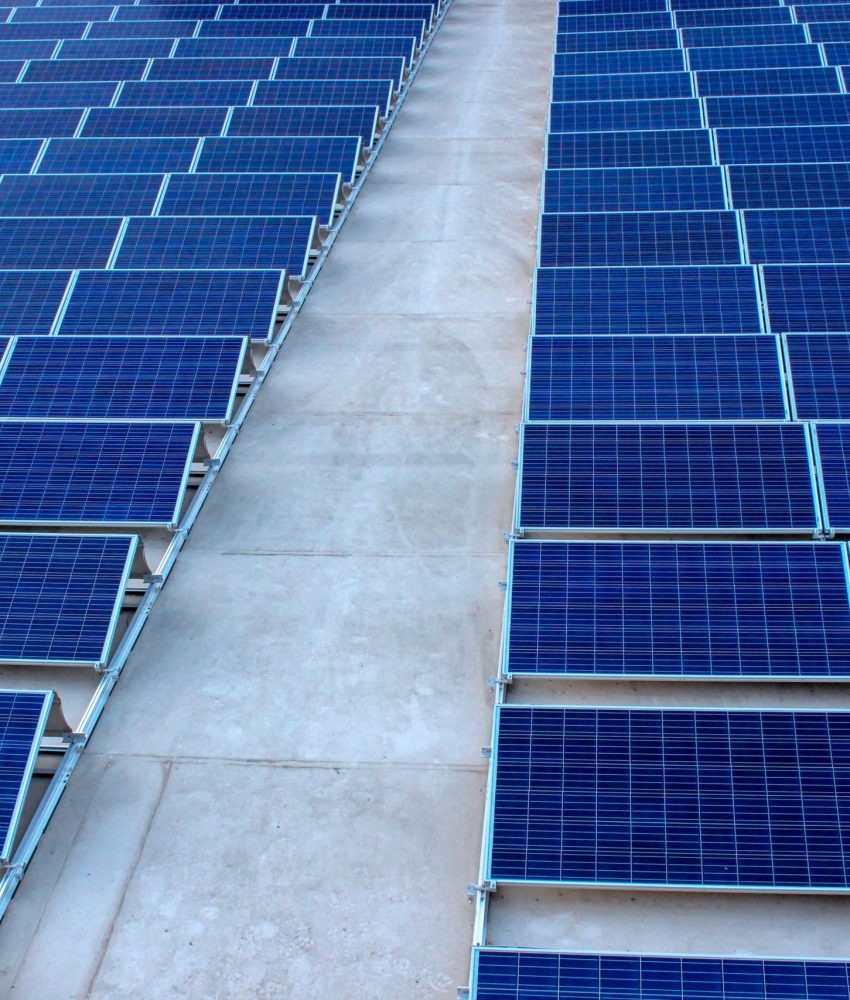Solar Energy
For the solar industry, 2020 was a record year with 144 GW of new installation outperforming all other renewable sources, despite the COVID-19 crisis.

Bloomgberg NEF Predictions for 2022
Bloomberg NEF, 2022
Solar energy is considered the ‘New King of Electricity’. With continuously improving technology and falling hardware prices, solar photovoltaic (PV) will become the key energy source of the future. The economy of scale motivates solar energy developers to build bigger utility-scale solar farms on cheap-to-rent land. Often these locations are distant from existing network infrastructure requiring long cable connections.
Given the importance of maximising the amount of available renewable energy in the mix, it makes sense to use the most efficient cable possible to export power from the solar farm to the grid. Enertechnos’ CTS cable with lower losses than conventional cable can help to deliver more clean energy and to improve the return on investment of solar projects.
Many countries worldwide consider solar energy an essential source of decarbonisation. This is because it will benefit developing countries that are located around the equator, where there is the highest solar radiation density.
To achieve net-zero, the International Energy Agency (IEA) estimates that the world has to reach 630 GW a year of new installations in 2030, where 70% of that capacity is expected to be utility-scale solar farms.
To connect all these solar farms, over 50 thousand km of medium and high voltage cable will be required where CTS can play an important role.


Benefits of CTS for Solar Energy
CTS lowers transmission losses by up to 20% while increasing revenue and delivering more value to solar developers.
Lower cross-section reduces leakage current that often limits cable utilisation during low sun radiation (clouds, morning and evening). This can increase the annual solar farm output by up to 20%.
Lower use of copper reduces the carbon footprint of solar energy and preserves the environment that mining minerals could damage.
CTS cable can deliver the same power via a lower cross-section. This reduces cable costs by up to 30% and decreases the need for raw materials.
CTS cable can deliver power over long distances and at a lower voltage, reducing the need for additional higher-voltage equipment.

